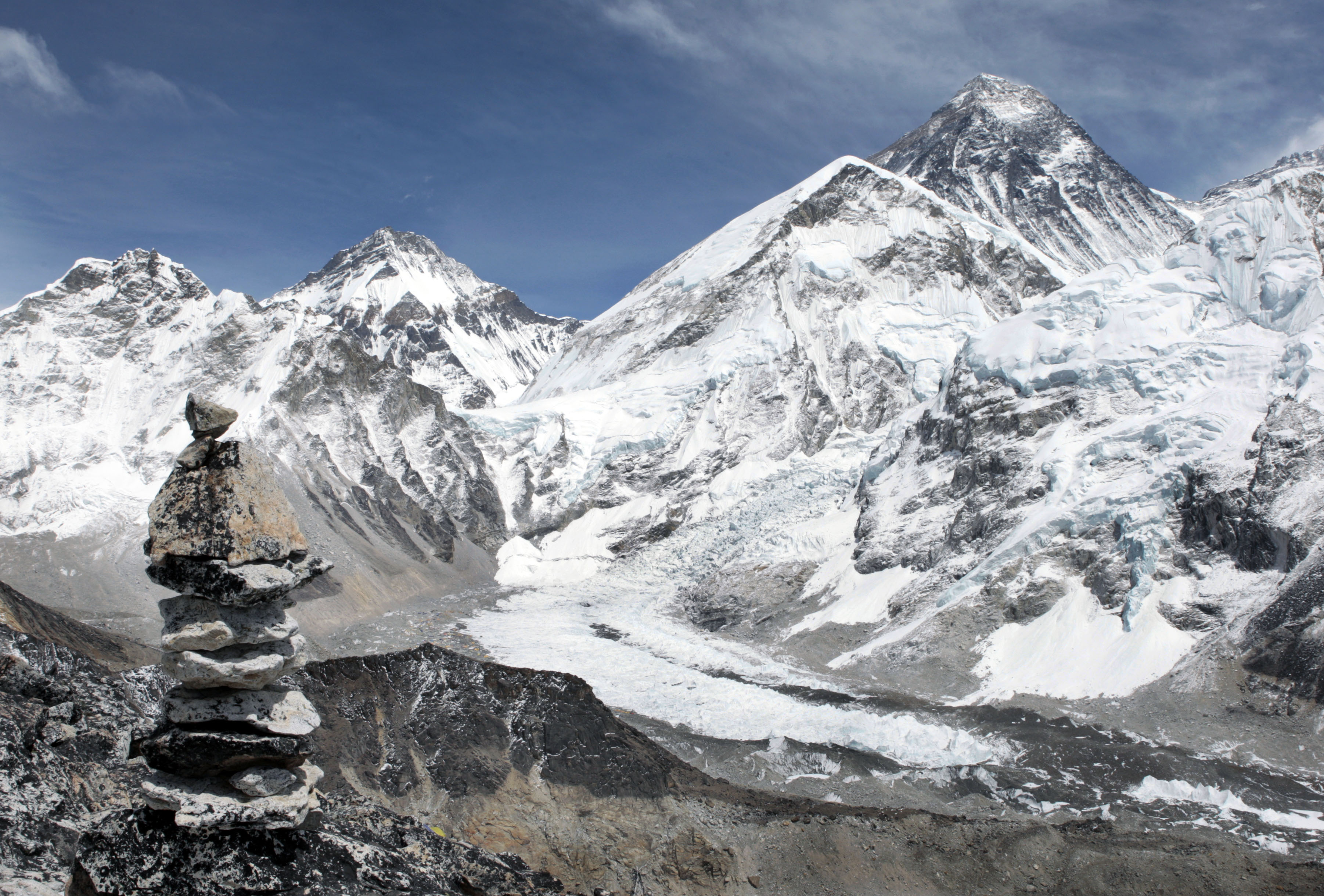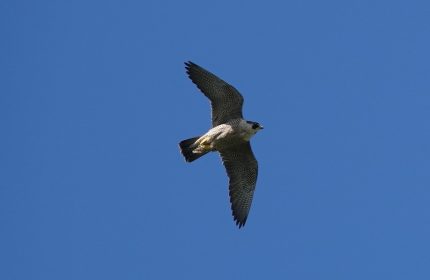Pinnacle conquest now commonplace .. Everest!
Everest’s first conquerors Hillary and Tensing could little have imagined that, 60 years on, reaching the summit of the world’s tallest mountain would become almost commonplace.
The ultimate peak that had defied climbers for decades before the 1953 expedition is now successfully tackled by hundreds of climbers a year. Indeed, in the ensuing 60 years well over 5,000 people have stood on the world’s summit.
Travel to Everest Base Camp on, say, an expedition in May of any year, and you would see a vast tented village. It would be made up of those who had contented themselves with completing the arduous trek to the 17,000ft camp and those who had forked out considerable sums of money to climb the mountain itself.
For Everest, now, is big business in tourist terms. The UK is just one of the countries offering trips to, and up, this highest of Himalayan peaks.
One such UK company is Cumbria-based Maximum Adventure Ltd, whose boss is father-of-three Mike Bowness. Having already been to Base Camp, Mr Bowness, 42, is now deciding whether he will join his clients in attempting an ascent during the company’s planned spring 2015 Everest expedition.
Mr Bowness and his team are hoping to take eight to 10 people on the trip, with clients paying around £45,000 each for the experience.
Flying to Katmandu and then taking a small plane to Lukla, those on expedition will trek to Base Camp and then take the route up the mountain used by Hillary and Tenzing.
Mr Bowness accepts that Everest has got crowded and littered in recent years but stresses how Everest tourism is vital for Nepal. He said: “Certainly the number of people at Everest is increasing but tourism is a huge earner for Nepal which is a poor country. Tourism is a good thing for Nepal but it must be manageable and sustainable tourism.”
Mr Bowness, whose Kirkby Stephen-based company offers worldwide trekking, mountaineering and climbing trips, said his typical Himalayan clients are from 25-55 years old, generally middle-class professionals, with 70% of them being male.
David Cassidy, head of business development at London-based company Experience the Himalayas, is another who organises expeditions to Everest and its surrounds. His Everest treks are seven days longer than the norm in order to give his clients maximum amounts of time to acclimatise to high altitude.
Those who make it to Base Camp will find that further effort is needed to get the best views of Everest. A further five-hours of trekking is required to reach more than 18,000ft at Kala Pattar if tourists want to see Everest in all its glory.
For more features on High Altitude trekking, click on the following links:
http://www.silversurfers.com/himalayan-exhilaration/
http://www.silversurfers.com/top-ten-trekking-holidays/
http://www.silversurfers.com/nepal-up-up-and-away/
Have you ever been tempted to trek or climb at high altitude?
The Press Association
Latest posts by The Press Association (see all)
- Actor Richard Chamberlain dies aged 90 - March 30, 2025
- 5 new books to read this week - March 26, 2025
- 6 things a physio wishes people over 60 would stop doing - March 25, 2025
- NHS reminder to 7.5m people as Covid-19 jab booking system opens - March 25, 2025
- The truth about cholesterol – what you need to know - March 25, 2025




















